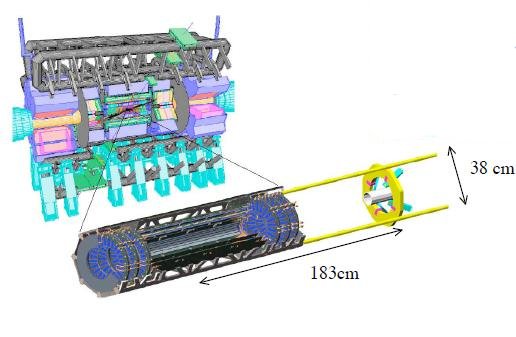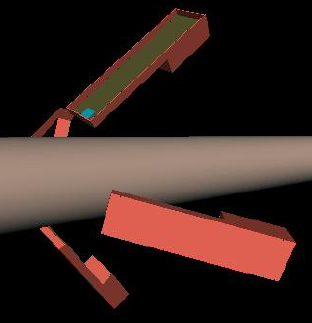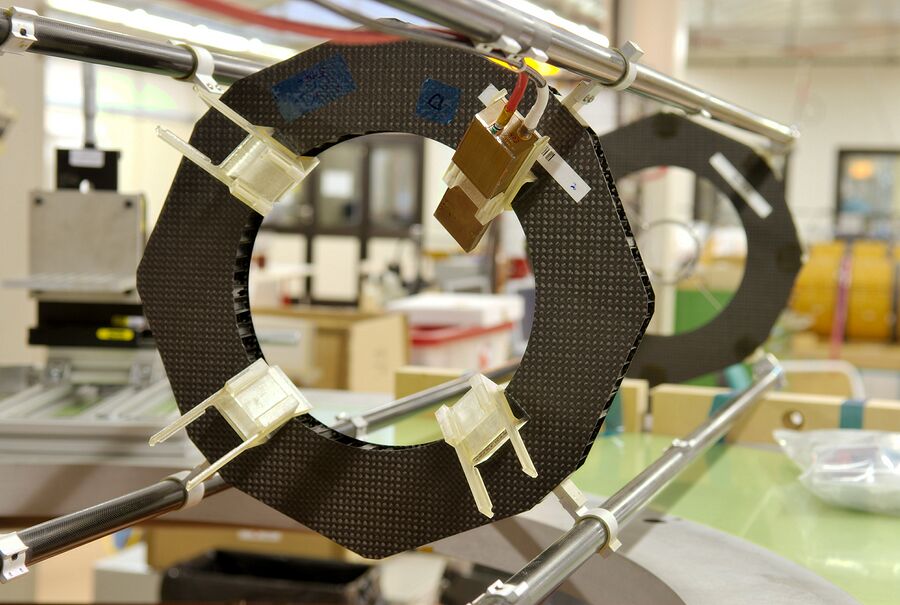ATLAS
Physics Studies
Physics Studies Underway
- Measurement of Higgs Boson Properties
- Boosted Fully-hadronic Top-Quark Pair Production Differential Cross-Section
- Search for Associated Higgs Boson Production with Top-Quark Pairs
- Search for Dark Matter
- Measurement of the Helicity States of Top Quark Pairs
Beam Conditions Monitor
|
|
The ATLAS
|
|
|
The Beam Conditions Monitor (BCM) has been built assembled to monitor beam losses and provide fast signals that will abort the beam safely if the loss rates become dangerous. It will also provide bunch-by-bunch luminosity measurements. A total of eight detector modules will be located, four each at a distance of 2 m from the ATLAS interaction point. At these locations the sensors will receive doses approaching 1016 particles per cm2 where conventional solid state sensors cannot survive. The BCM sensors are made of Chemical Vapour Deposited artifical diamond material. These sensors have several advantages: small, free-standing electrical structures are easy to prepare, ionisation produced by the passages of charge particles can be collected quickly (sub-ns) and, most importantly, they are radiation hard, exhibiting little or no leakage current even after irradiation to LHC doses. Their fast response will allow them to trigger a single turn beam abort in case of excessive beam losses. Their vanishingly small leakage currents provide a robust distinction between actual beam losses and detector noise. These properties will result in fewer aborts than a system based on silicon sensor technology that would have much higher leakage currents. Their fast, stable, signal will also provide useful LHC beam tuning information even when losses might be dangerously high for other detector systems. This figure illustrates the concept for the BCM. Particle's produced at the interaction point will reach the BCM stations simultaneously (top rays in figure). Halo beam particle (machine losses) that traverse ATLAS will arrive at one station 12 ns before the other. This distance between the counters is chosen as subsequent collisions come after 25 ns. By extracting a prompt signal and processing with appropriate coincidence logic the BCM will provide collision and loss rates and be able to distinguish, in real time, between the two. More information is available from: |
|
|
Members of the Toronto-BCM group: M. Cadabeschi, M. Diamond and W. Trischuk Past members: J. Bendavid, S. Kissiov, L. Tan Page maintained by William Trischuk (last updated October 2008) |
||





